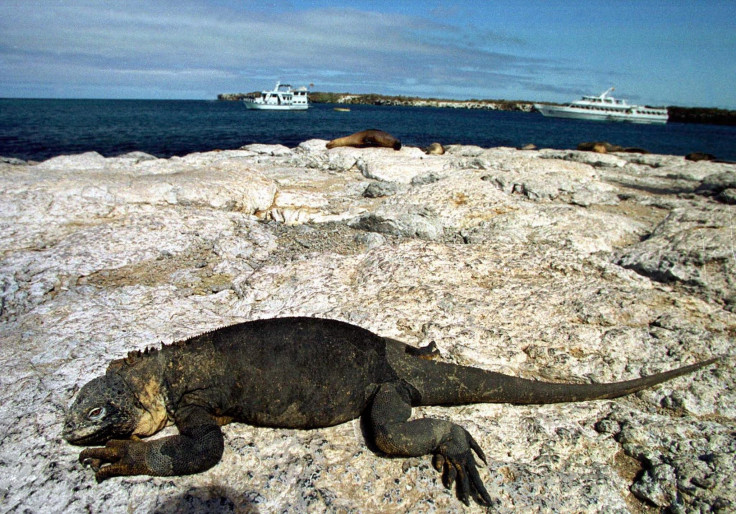Darwin's Finch Caught In The Act Of Becoming New Species
After almost 150 years since Charles Darwin wrote "The Origin of Species," laying the foundation of evolutionary biology, scientists have for the first time observed a species evolving into another, a process called speciation.
According to a research published in the journal Science, scientists observed the speciation in an entire population of finches on a tiny Galapagos island called Daphne Major.
Genomic sequencing and the analysis of physical characteristics have confirmed the new species of Darwin's finch, which its discoverers — Peter and B. Rosemary Grant, biologists at Princeton University — have nicknamed Big Bird.
The Big Bird population belongs to a group of finch species are collectively known as Darwin's finches and helped Darwin to uncover the process of evolution by natural selection
The process began in 1981 with the arrival of a male large cactus finch (Geospiza conirostris) to Daphne Major. This larger of Darwin’s finches had a different song than the three native finches on the island.
"We didn't see him fly in from over the sea, but we noticed him shortly after he arrived. He was so different from the other birds that we knew he did not hatch from an egg on Daphne Major," Peter Grant said.
The two professors observed that this male proceeded to mate with two native female medium ground finches (Geospiza fortis).
This mating produced offspring and laid the ground for the evolution. Around forty years later there are around 30 individuals of the new species, the BBC reported.

The original offspring had a different song from the medium ground finches and different beak shape; they were reproductively isolated and had to mate with its own kind to survive. But their bigger size gave them an advantage over the native population in terms of access to unexploited food choices.
"It's an extreme case of something we're coming to realize more generally over the years. Evolution in general can happen very quickly," said speciation expert Prof Roger Butlin, who wasn't involved in the study.
The researchers noted that such hybridization would have occurred many times in Darwin's finches in the past, some evolving into new species that either became extinct or evolved to become the species we know today.
"A naturalist who came to Daphne Major without knowing that this lineage arose very recently would have recognised this lineage as one of the four species on the island," said Leif Andersson of Uppsala University in Sweden, who conducted the genetic analysis of the new species. "This clearly demonstrates the value of long-running field studies."
There is no evidence that they will breed again with the native medium ground finch, but even if they did, they now have a larger size and can exploit new opportunities. Those advantageous traits may be maintained by natural selection.
What has really excited scientists about the phenomena is the speed with which the evolution occurred. It has opened up possibilities of speciation through hybridization, simply through the addition of one individual to a population.
"If you just wait for mutations causing one change at a time, then it would make it more difficult to raise a new species that way. But hybridization may be more effective than mutation," Prof Butlin said.
© Copyright IBTimes 2024. All rights reserved.











